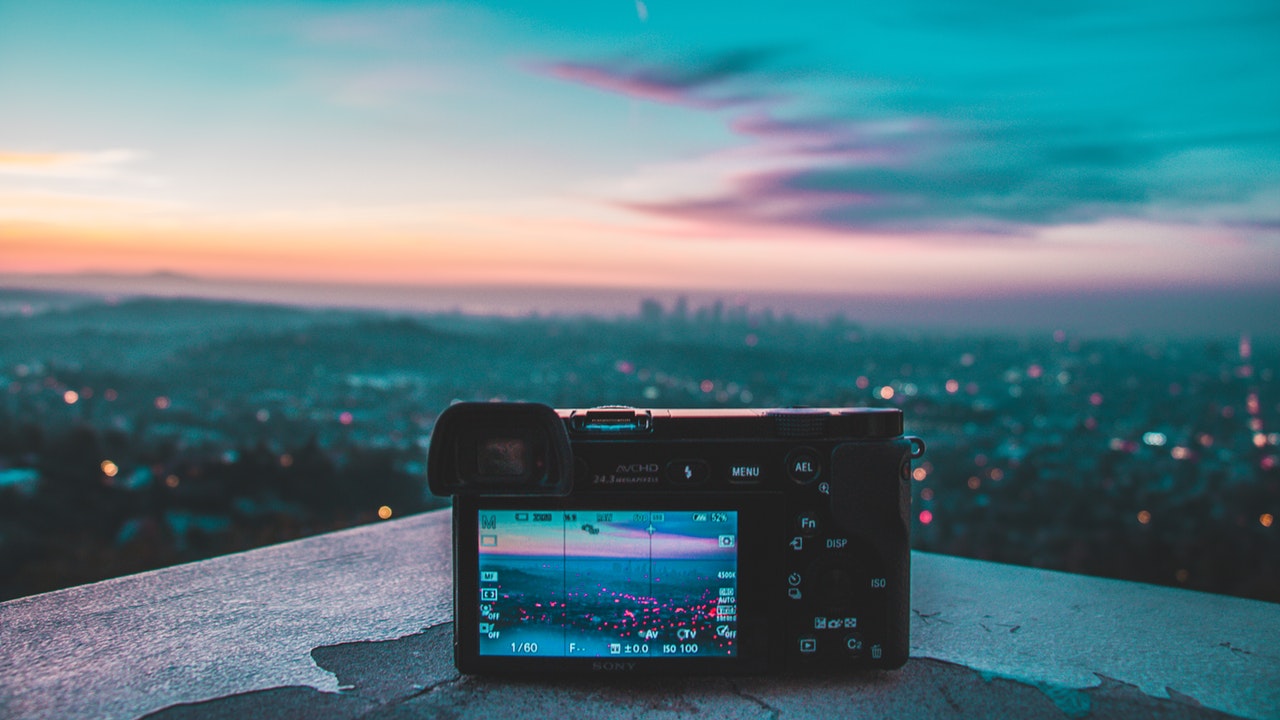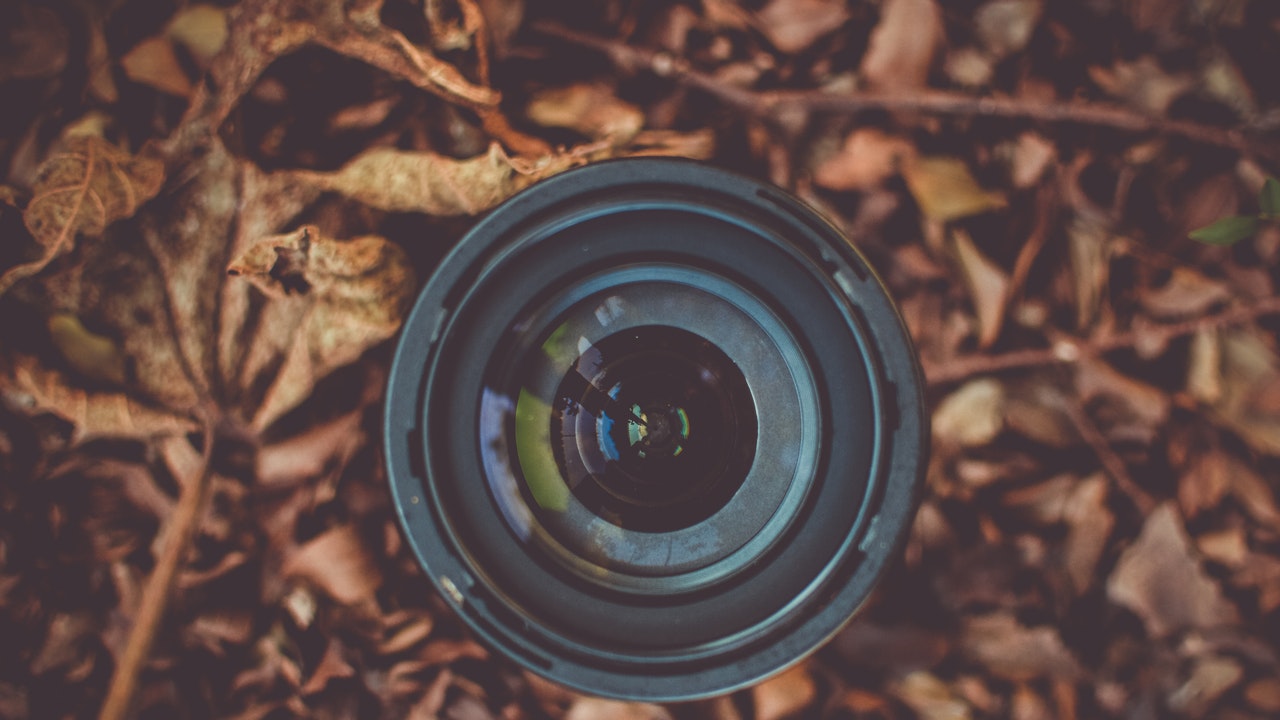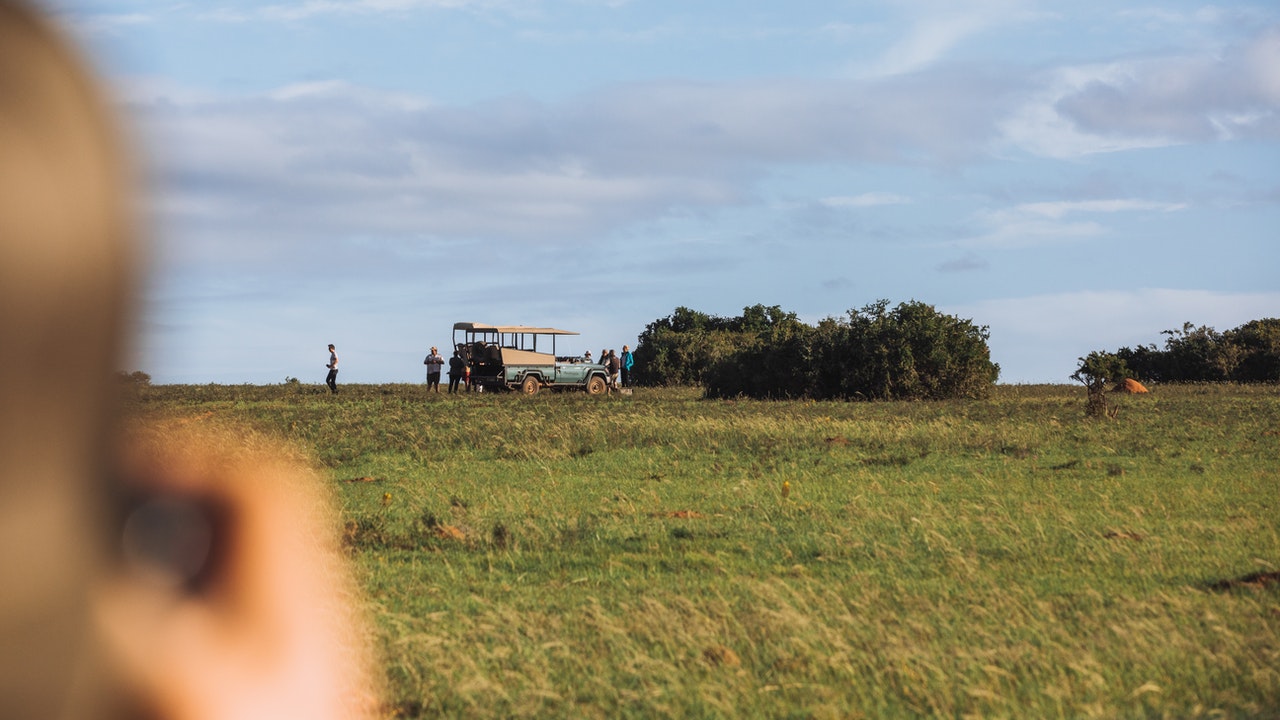Photography is one of the most beautiful hobbies in the world. Do you think so too?
Great, then we would have clarified that already. Nevertheless, many ambitious photography beginners simply do not succeed in getting into photography. That's why we present to you this article talking about photography for beginners.The first camera is bought and the first photos are taken quickly, but after that many get stuck and it just doesn't go any further.
Of all the people who buy a camera, maybe 5 percent ultimately manage to really get into photography and take breathtaking photos.
It doesn't have to be!
In this article, we will show you the 10 steps from a bloody photography beginner to an ambitious amateur photographer and give you tips on how you can also go this route successfully.
We want you to belong to the successful 5 percent in the end and we are sure that you can do it!
We went through all 10 phases ourselves and therefore know what we are talking about. The process took us many years.
We wrote this post so that it doesn't take so long for you. Well, don't waste any time, let's go.
So let's get into our Photography for Beginners: The 10 Phases to Successfully Getting Started with Photography article shall we?
# 1 buy a camera
100 percent of photography beginners reach this level.
Of course, to start learning to take pictures you first need a camera. Let's assume that you've already bought a camera and have now come across our article because you want to take your first steps in photography. Great, then you can jump straight to point 2.
We consider the Nikon D3500 W/ AF-P DX NIKKOR 18-55mm f/3.5-5.6G VR to be the BEST camera for a beginner photography, not too cheap, not too expensive with a price of only 500$ and great functionality.
If you don't have a camera yet, you still have to take this step. The good news: You don't have to spend tons of money on your first camera. You can get a decent entry-level camera including a lens for as little as 300 to 400 euros.
If the huge camera market is a bit overwhelming at the beginning, that's not bad at all. You're not alone in this. Just take a look at our camera purchase advice . We will explain the different types of cameras to you there and show you recommended models for getting started.
# 2 Take a picture in automatic mode
100 percent of photography beginners reach this level.
The camera is there and unpacked. Now it's finally time to take photos. Probably every beginner in photography will take their first steps in automatic mode. That's not bad at all and it's not just yours.
So turn your mode dial to "Auto" and go out. Take your first steps with your camera. You will likely make a lot of typical rookie mistakes at first , but that's just part of the learning curve.
Incidentally, we have often heard that photography beginners have set their mode dial to A and then wonder why their pictures do not turn out as they imagine.
A does not stand for automatic, but for aperture and is a somewhat more advanced mode.
So make sure that your wheel is either on automatic or on P (that means automatic program).
# 3 Want more
80 percent of photography beginners reach this level.
Even the first photography beginners get stuck with step # 2. The pictures from the automatic mode are also quite neat and there is simply no motivation to deal more deeply with the matter.
No problem. If you are happy with your automatic photos and have no greater ambitions, then we don't want to persuade you to do anything.
Or do you ask yourself questions like: What are all the wheels and buttons for? How can I get great photos with a blurry background too? How can I take photos in the dark?
Great, your fingers seem to tingle and you finally want to really exhaust the possibilities of your camera.
The automatic mode clearly has its limits and many photography beginners want to overcome these limits. You also? Great, then you are one of the 80 percent who made it this far.
# 4 soak up photography knowledge
70 percent of photography beginners reach this level.
As always, some photographers will stick to their good intentions, be it due to a lack of time, laziness or a lack of motivation. So even with step # 3 some of them fall by the wayside.
We just assume that you belong to the 70 percent who are still there. Otherwise you probably wouldn't be here. Looking online for simple explanations is the next step for many, others buy photography books and try to find out the secrets of photography.
What is neglected by many aspiring photographers is the camera manual. We strongly recommend that you do not ignore your camera manual, but actually use it.
Unlike the instructions for a coffee machine, many camera manuals are really extensive and quite helpful. Try it out!
# 5 Practice, practice, practice
50 percent of photography beginners reach this level.
Even with step # 4, many newcomers to photography will get stuck again. Motivated to browse websites and buy books, only to forget the most important thing in photography in the end: practice!
There is really no photographer who has gotten better just because he has read a book or read through a manual on the Internet. You can only make progress by: practicing, practicing, practicing. And practice!
By this phase, perhaps half of all people who once bought a camera with great intentions will make it. Are you in? Yes? Juhuuu!
Always have your camera with you!
# 6 The photography depression
50 percent of photography beginners reach this level.
If you made it to step # 5, then you've come a long way. Unfortunately, you will almost inevitably end up at level # 6 at some point: photo depression.
The symptoms are always the same: The initial euphoria while practicing disappears and the camera is more and more often lying down.
The reasons for this are different: many are lacking time, others lack real progress and they see no real improvement compared to automatic mode.
We don't know of any photographer who has not gone through this phase at least once.
When you get here, you are at a crossroads. Many photography beginners who started out full of motivation and good intentions get out here. You simply take pictures again in automatic mode and the camera is only unpacked when on vacation, if at all.
That's a shame, because if you've made it this far, the road to success isn't that far. Don't let the photography depression take you by surprise and keep going!
# 7 Find the way to photographic success
20 percent of photography beginners reach this level.
To outsmart photography depression, step # 7 in learning photography for beginners is the most important step.
You have probably already tried a few things, browsed a little in your camera manual, maybe read a book or various tutorials on the Internet. You may even already have a rough idea of how aperture, shutter speed and ISO work and what you can do with them.
In order to get ahead now, however, you have to decide on a path and follow it consistently. There are three main ways to success in photography and we will now briefly introduce them to you.
1: Read photography knowledge and learn to take photos in self-study
Are you very good at motivating yourself? That's great, because then self-learning is the right way for you. Whether you just do this with your camera manual or buy photography books is a matter of taste.
However, only very few are able to really follow this path consistently. We tried this path ourselves and failed terribly.
It looked something like this: We bought a book and tried it out a bit with our cameras. The book ended up in the closet and so did the camera. A few months later we bought a new book and took some photos again. Until the next book has ended up in the closet and so on.
In the end we had a lot of books on the shelf, but we didn't really get any further with photography. You see, this method is really only something if you are disciplined and can motivate yourself.
2: Attend photography courses
This method has worked much better for us. When we started out as photographers, we attended various photography courses at the adult education center. The prices for such courses are manageable. We paid around 100 euros each for a course with about 8 dates.
Through these courses we were forced to really get into photography on a regular basis. This is really important if you want to learn photography. So these two courses actually got us a few steps in the right direction.
Of course, VHS courses are pretty old-fashioned and often difficult to reconcile with professional life. Nevertheless, we can recommend such a course to you with a clear conscience.
If money is not a big issue, you can of course book private courses. There are many photo trainers who offer their services. However, this is not exactly cheap.
3: An online photography course
We repeatedly missed appointments for the photography courses we attended because we had to work longer or were out of town.
And somehow the classroom atmosphere in the adult education center with the retired photographer as a teacher didn't really suit us either. It also didn't work with learning from books.
Back then, we wanted a photography course that we enjoy, that is unlimited in time and that communicates knowledge in a modern rather than old-fashioned way. We didn't find what we were looking for back then, but after hard work we still made it to photographers.
So far so good. But since we are not the only ones with this problem, we took it into our own hands and developed our online photography course as we would have liked back then. So, and now there is another possibility for photographic success, our online photography course.
In our course you will learn the complete basic knowledge of photography with many practical tasks: technical basics, image design, lighting and image processing. Enjoyment of learning and easy-to-understand explanations are matters close to our hearts and that is how the course is designed.
# 8 Go the way
15 percent of photography beginners reach this level.
If you have decided on one of the paths, then go it consistently. When you buy a book, don't put it away after a few hours.
If you book a course, go to every appointment if possible and it is best to register for the next one before the first course is over. And if you choose to take our online course, log in regularly and watch a new lesson!
Go through the path and don't give up at the first stumbling block. Do not try another path until you realize that the path you have chosen is really not the right one for you.
# 9 Practice, practice, practice
10 percent of photography beginners reach this level.
None of the paths will lead you to your goal without diligence. Regardless of whether you study with books, attend VHS courses or take our online photography course: You will only make progress if you apply what you have learned over and over again.
Go out with your camera as often as you can and try out your new knowledge.
You will notice how you get better and better. At some point you will make manual settings as if by yourself, which you may now have to think for a long time.
The best thing to do is to look for fellow campaigners. It is always easiest to learn with two or three people.
You can motivate each other and pursue a common goal.
It's also just fun to be out with friends and share a common hobby.
# 10 Set goals and rock photography
5 percent of photography beginners reach this level.
If you got to step # 9, you really did it! Congratulations!
Step # 10 is then the icing on the cake. Set goals and start your own photo projects. In the meantime, certain motifs have probably emerged that you particularly like to photograph.
What do you prefer? Photographing architecture or photographing landscapes ? Or are you more interested in portrait photography or documentary photography? No matter what it is, once you've found your passion, keep pursuing it. Show your photos and get better and better.
Photography is the best hobby in the world. Or is it not?
Photography for beginners: tell us about your experiences?
This was our "Photography for Beginners: The 10 Phases to Successfully Getting Started with Photography" article for you. What phase are you in right now? Do you think you would be one of the 5 percent that make it into the world of photography? Do you have any questions for us? We look forward to your comment!






No comments
Post a Comment